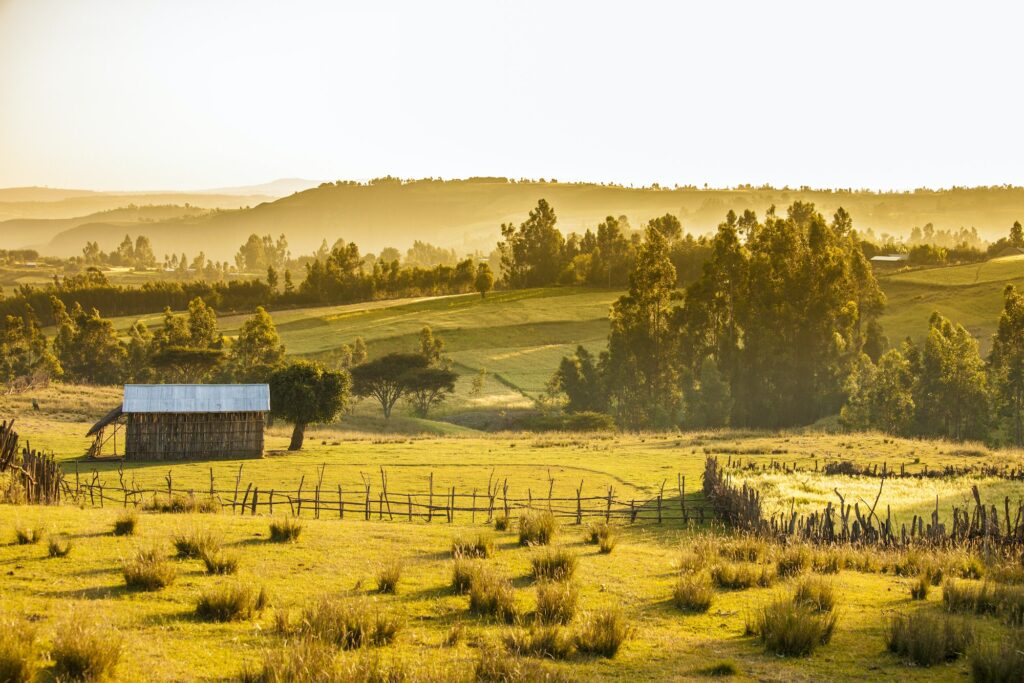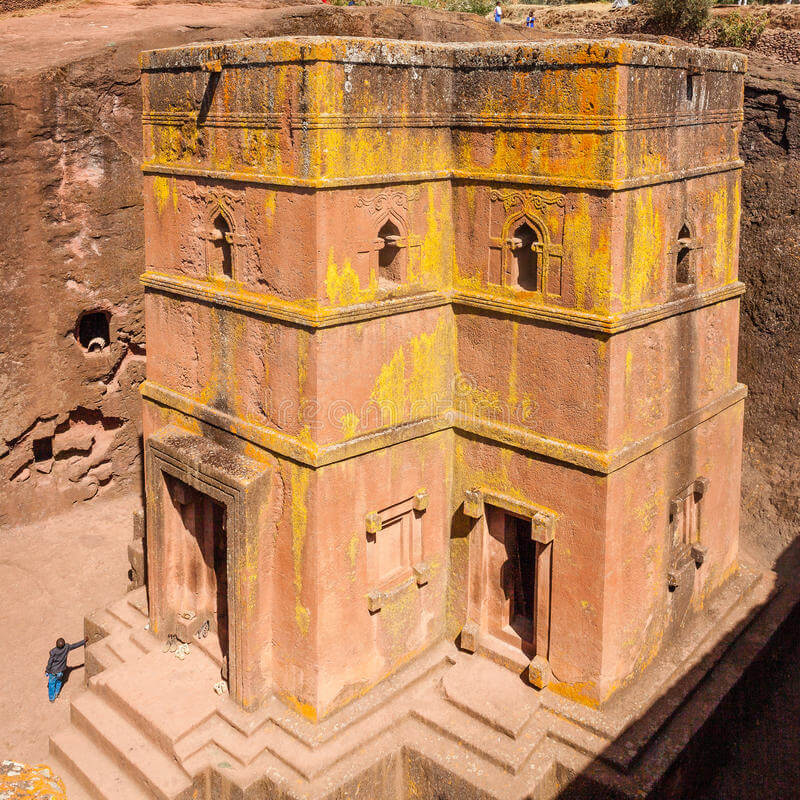Discover the Enchanting Historical, Cultural and Natural Wonders of Ethiopia:

"Ethiopia: A Journey Through History, Culture, and Natural Wonders"
A Journey to the Heartland of Mother Ethiopia.
Ethiopia’s rich historical heritage spans several millennia. It provides a glimpse into the ancient civilizations that once thrived in the region. In addition, the country’s historic sites, such as the rock-hewn churches of Lalibela and the Axumite Kingdom ruins, are among the world’s most impressive cultural treasures.
Ethiopia is a landlocked nation in the eastern Horn of Africa, where diverse cultures, historical legacy, and magnificent natural landscapes merge harmoniously, known as the “cradle of humanity.” Ethiopia is one of the ancient free independent nations in Africa. As a result, it has a rich cultural culture and heritage dating back over 3,000 years. From the magnificent rock-hewn churches of Lalibela to the bustling markets of Addis Ababa, Ethiopia is a fascinating and inspiring destination. In this article, we will explore the heartland of Mother Africa and uncover the hidden gems that make Ethiopia a must-visit destination.
"Ethiopia: A Mosaic of Splendor"
Ethiopia: Where History Breathes and Cultures Thrive
Ethiopia boasts a wealth of historical events that have taken place over several millennia. The country is believed initially to be the birthplace of human civilization. The oldest known human ancestor, “Lucy,” was discovered in the north of the country in 1974. Over the centuries, Ethiopia has been ruled by various emperors and has been home to several powerful civilizations. The most famous of these is the Axumite Kingdom, which led from the 1st to the 7th century AD and was one of the most powerful kingdoms in the ancient world.
In the 19th century, Ethiopia successfully resisted colonization by European powers, becoming the only African country to remain independent. Today, Ethiopia is a federal republic with over 110 million people and a vibrant culture deeply rooted in its ancient history.


"Ethiopia: A Journey Through History, Culture, and Natural Wonders"
Discover Ethiopia: Land of Ancient Wonders and Diverse Cultures
The northern region of Ethiopia houses the ancient city of Lalibela, which is among the most frequented tourist destinations in the country. Lalibela is famous for its rock-hewn churches, carved out of solid rock in the 12th and 13th centuries. These churches are considered some of the most remarkable architectural achievements in the world, attracting thousands of visitors every year.
Another must-visit destination in Ethiopia is the Simien Mountains National Park, located in the northern part of the country. The national park in Ethiopia provides a natural habitat environment for many animals, including but not limited to the Walia ibex, the Ethiopian wolf, and the gelada baboon. Visitors to the park can enjoy trekking, birdwatching, and a stunning vision of the rugged mountain landscape.
"Ethiopia: A Mosaic of Splendor"
Ethiopia Unveiled: Journey to the Heart of Africa’s Cultural Mosaic and Timeless Landscapes
In the south of the country, most visitors can explore the Omo Valley, which is home to several different Ethiopian ethnic groups, each with its own unique culture and traditions. The people of the Omo Valley are known for their colorful clothing, intricate body decorations, and unique customs. Tourists can gain insights into their way of life by visiting the local communities and interacting with the residents.
Addis Ababa, which is Ethiopia’s capital city, is an energetic and lively metropolis that is worth a visit. Visitors can explore the city’s museums and cultural centers, including the Ethiopian National Museum, which houses the remains of Lucy, and the Ethnological Museum, which showcases the country’s diverse ethnic groups and cultures. Visitors can also sample Ethiopia’s famous coffee, known for its rich flavor and distinctive aroma.
Conclusion
Ethiopia is a destination that is both fascinating and inspiring. Ethiopia offers something for everyone with its rich history, diverse culture, and stunning landscapes. Whether you’re exploring the rock-hewn churches of Lalibela, trekking in the Simien Mountains, or experiencing the unique traditions of the people of the Omo Valley, Ethiopia is a destination that will leave you with lasting memories. So why not prepare your luggage and journey to the center of Africa, the motherland? You’ll not regret it.

